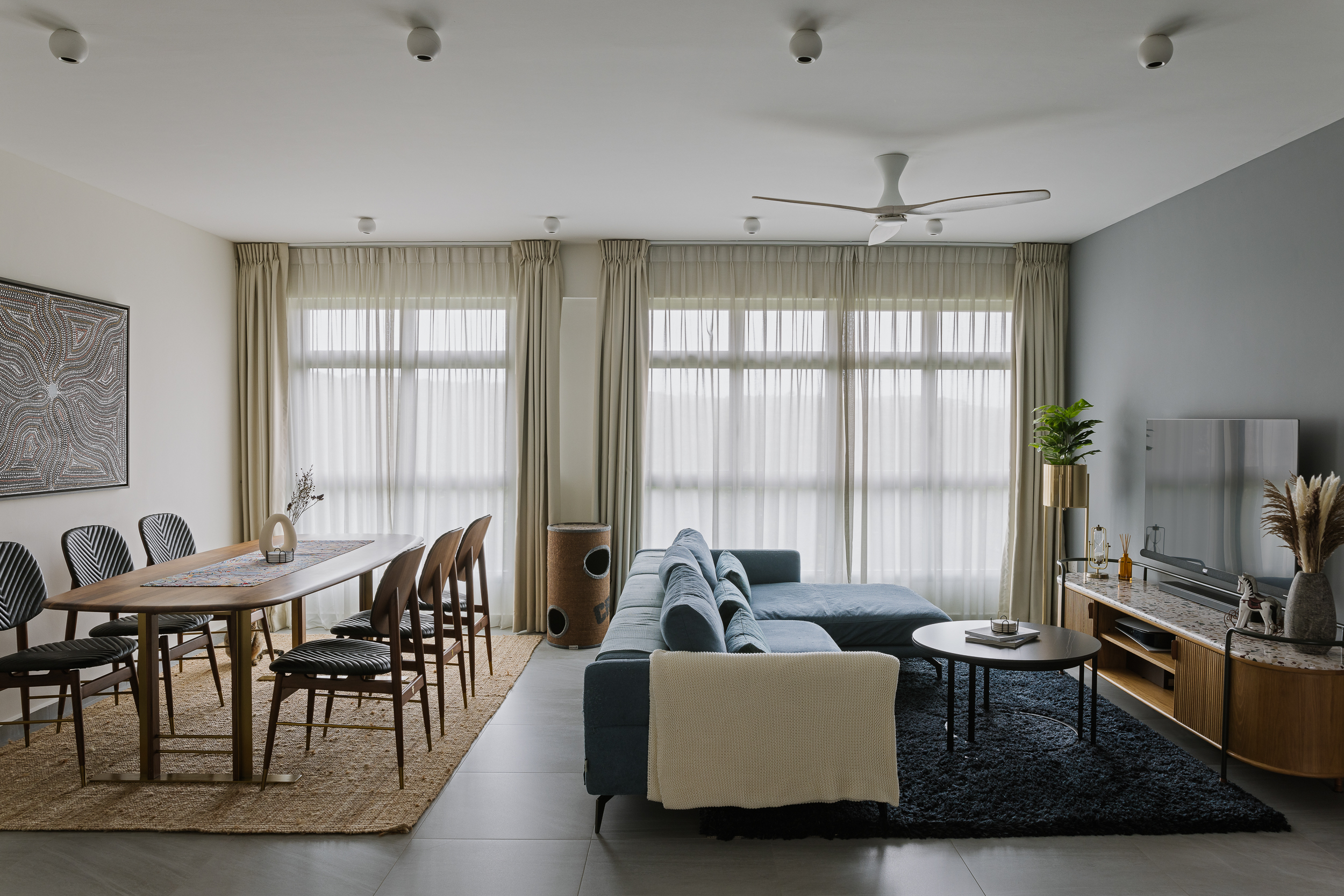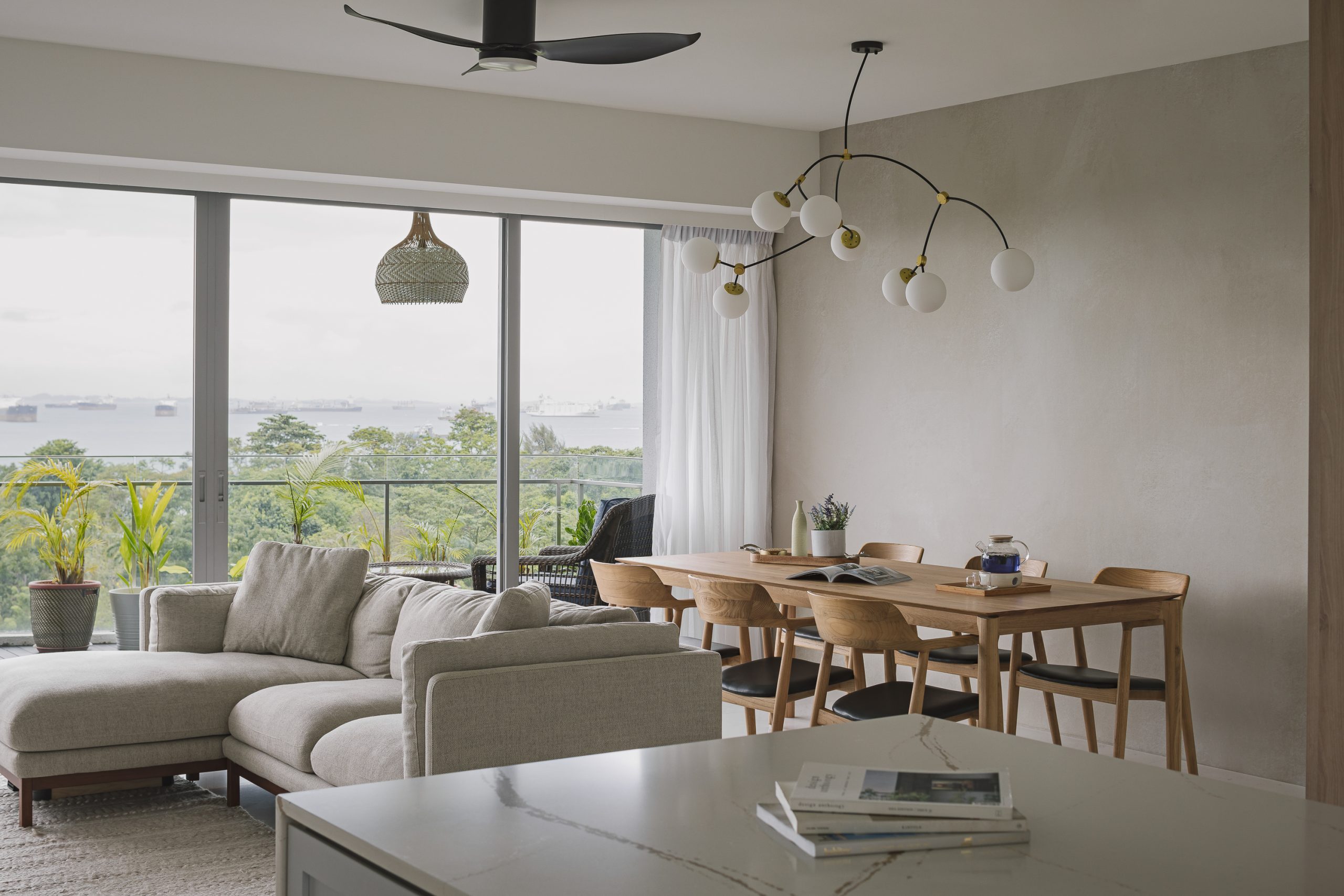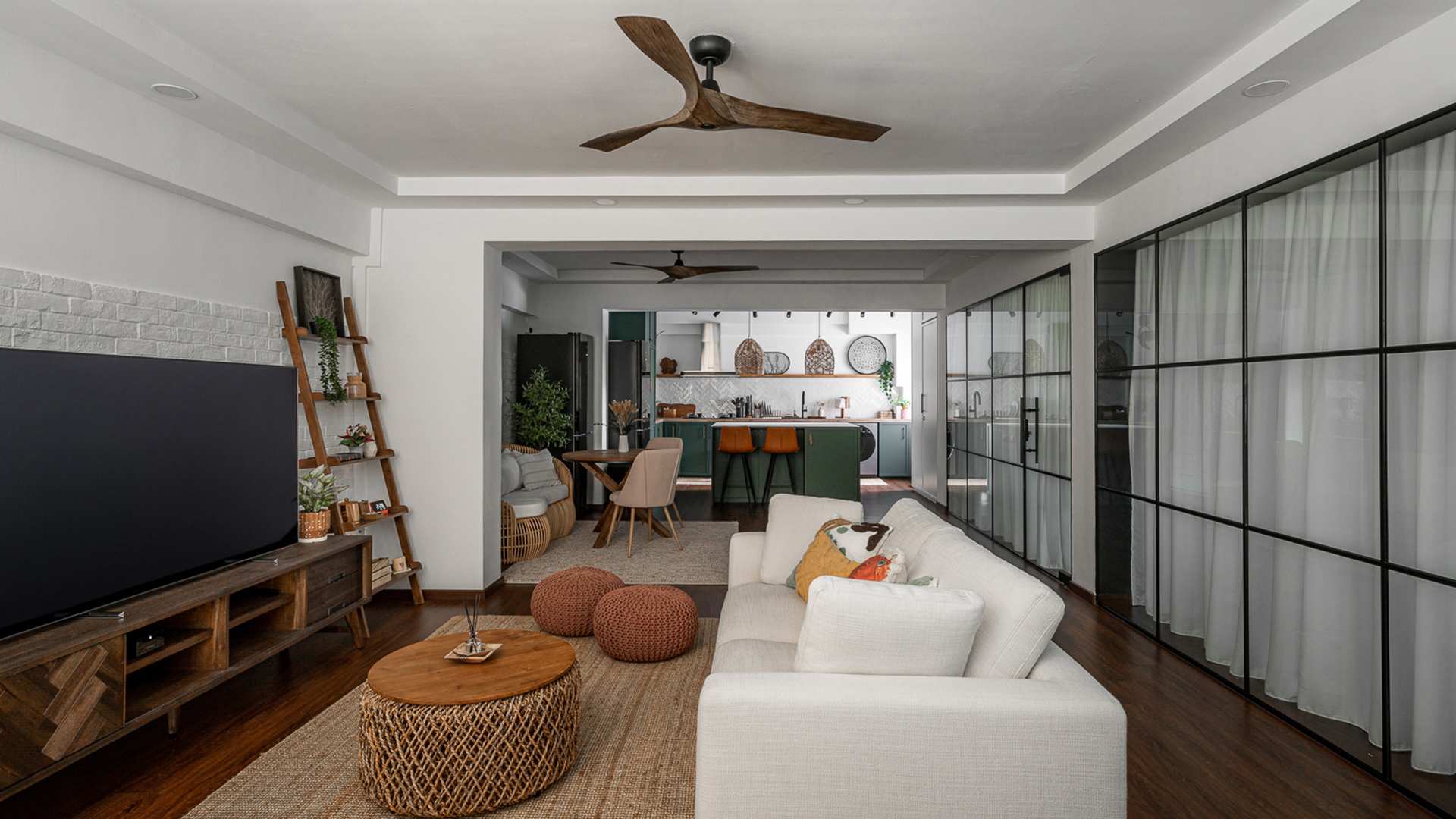The Psychology Of Colour In Interior Design

In interior design, the psychology of colour is essential for setting a desired atmosphere and mood. Different colours impact our emotions in unique ways and can be strategically used to influence the ambiance of a space. Warm colours such as red, orange, and yellow are known to be energizing and stimulating, whereas cool colours like blue and purple have a calming and relaxing effect. Neutral colours, including beige, grey, and white are versatile and can create a sophisticated and timeless appearance. Furthermore, it’s important to consider the interplay of various colours within a space. A well-coordinated colour scheme can create a unified and harmonious appearance, whereas a poorly coordinated scheme can be discordant and overwhelming. Read on below to find out how to choose the right colour palette for your intended spaces.
1. Neutral & Versatile
As seen in this Modern Luxury home, a cohesive theme of neutrals complements effortlessly with a mixture of material finishings, such as gold accents and textured fabrics. Neutral colours such as whites, greys, and beiges are some of the easiest to work with due to their versatility as backdrops that pair well with other hues. These timeless shades create a sense of balance in a room and are often used as foundational elements in interior design because they complement nearly any colour. Neutral walls allow you to introduce colour through furniture, accessories and artwork. Their versatility makes neutrals suitable for various design styles, from minimalist to traditional.

Modern coastal design emphasizes light and airy spaces, creating a tranquil and serene environment that evokes the calming essence of the seaside. This design style maximizes natural light, using large balcony windows to bring the outdoors in. The abundance of natural light makes spaces feel larger and more welcoming. Pairing with natural elements like wood, stone, and plants fosters a connection to nature. This not only enhances the aesthetic but also promotes well-being by creating a more grounded and organic living space.

2. Warm & Cosy
Having a green accent wall in a master bedroom can transform the space by adding depth, character and a calming ambiance. Green is often associated with nature and tranquillity, making it an ideal choice for a personal sanctuary. The accent wall can serve as a focal point, drawing attention to a specific area of the room such as the headboard or a cozy reading nook. Depending on the shade chosen, green can evoke different moods—from serene pastels to vibrant emeralds or deep forest greens. The combination of an accent wall with warm wood cabinetry highlights a sophisticated yet rejuvenating appeal.

A warm colour palette in communal spaces such as living rooms or dining areas fosters a cozy and inviting environment for social interaction and relaxation. Colours like rich reds, earthy browns, golden yellows, and soft oranges create a sense of warmth and intimacy, encouraging conversation and connection among inhabitants and guests. These hues can be used on walls, furnishings, and as décor accents, to evoke feelings of comfort and familiarity. Wood and textiles like wool or linen complement the warm colour scheme, further developing the inviting atmosphere of the communal space.

3. Cool & Serene
Cool tones are renowned for their ability to evoke a serene and peaceful atmosphere within interiors. Colours like soft blues reminiscent of clear skies or tranquil waters and soothing greys contribute to creating a calm and relaxed environment. This calming influence makes cool tones particularly suitable for spaces where relaxation and unwinding are paramount, such as bedrooms and living rooms. Introduce metallic accents like silver or chrome contributes to establishing a cool and calming ambiance. These elements bring about a sense of refinement and elegance to any space, seamlessly complementing cool colour schemes to achieve a unified and stylish interior design.

One of the key advantages of a cool tone colour palette lies in its classic appeal. This versatility allows homeowners to create spaces that range from minimalist and contemporary to classic and traditional, all while maintaining a cohesive and harmonious look throughout the home. Blue is a calming and soothing colour that can create a sense of tranquility and serenity, which is greatly beneficial especially in designated spaces for me-time. Moreover, cool tones possess a timeless quality that transcends fleeting trends. Unlike some bold or highly saturated colours that may quickly feel dated, cool tones tend to endure over time, ensuring that your home maintains a stylish and sophisticated appearance for years to come.

4. Cultural Influences
Cultural influence in homes enriches interior design by reflecting heritage, traditions, and personal identity. Incorporating cultural elements such as artifacts, artwork, textiles, and architectural styles can imbue spaces with a sense of history and meaning. Whether through vibrant colors, symbolic motifs, or traditional craftsmanship, these influences add depth and character to home decor. They create a unique atmosphere that celebrates diversity and connects inhabitants to their roots, fostering a sense of pride and belonging. Integrating cultural influences in homes not only enhances aesthetic appeal but also tells stories and preserves cultural heritage, making each space a reflection of personal and collective identities.

The influence of colour psychology in interior design transcends mere aesthetics; it serves as a potent tool capable of shaping the atmosphere and emotions within a space. Whether crafting an invigorating living room, a tranquil bedroom retreat, or a versatile office environment, comprehending the psychological effects of colours is paramount. Start by considering the mood and atmosphere you want to achieve in each room. Assess the natural light and architectural features of your space, as these factors will influence how colours appear. Consider creating a harmonious blend by using a mix of dominant, secondary, and accent colours, ensuring they complement each other and the overall style of your home. Therefore, when planning your next home makeover, leverage color psychology as a framework to design spaces that are both visually striking and emotionally fulfilling.
CONSULT OUR DESIGNER
- 11 April 2025 TIPS & GUIDES
Wet and Dry Kitchens in Singapore Homes: What Are They And Do You Need Both?
- 8 April 2025 TIPS & GUIDES
How to Mix Scandinavian & Asian Elements for a Unique Look
- 8 April 2025 TIPS & GUIDES
The Golden Ratio in Interior Design: Balance Your Singapore Home
- 8 April 2025 TIPS & GUIDES
Transform Your HDB with Modern Luxury Interior Design
- 8 April 2025 TIPS & GUIDES
How to Blend Traditional Elegance with Modern Luxury Design
- 28 March 2025 TIPS & GUIDES
Biophilic Interior Design: Beyond The Aesthetics






 BACK TO BLOG
BACK TO BLOG